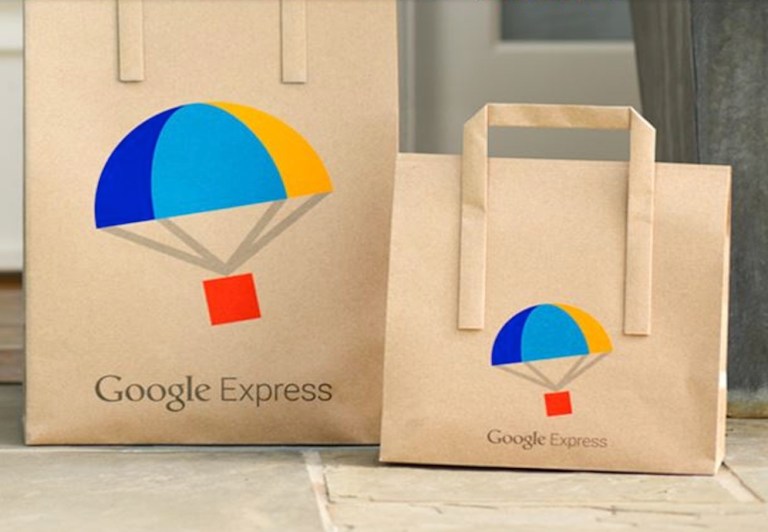
It was less than a year ago — February, to be precise — that Google appeared as the latest player in an increasingly crowded food delivery market that was intent to make a move on grocery. The big news at the time was perishables. Google was “taking on Amazon” (according to Recode) by making the big move on fresh produce.
But not every big move is a permanent one, and after less than a year, Google is rolling up the sidewalk on fresh produce in favor of express delivery of things that don’t need to be refrigerated, handled gently and delivered in an extremely narrow window.
“We’ve been testing a lot of different things, figuring what works and how it works,” Google Express GM Brian Elliott told Business Insider in a recent interview. “And now, we’re really, dramatically scaling the business.”
That scaling will see Google up its last-mile instant delivery platform very far and wide with launches in Minnesota, Nebraska, Colorado, North Dakota, South Dakota, Mississippi and New Mexico. In addition to adding the service to those seven markets, Google will also be enhancing services currently on offer in Missouri, Kansas, Arkansas, Michigan, Wyoming, Iowa, Oklahoma, Louisiana, Texas and Ohio. That is a very big branch-out and rather sudden from the point of view of the program, since, currently, Google Express only operates at full-tilt capacity in the San Francisco Bay Area, New York City, Los Angeles and Boston.
In addition to amping up Google Express’ current theater of operation, the online search giant is also looking to explore and build out new merchant partnerships or expand the current offerings in the lineup. First on the list is apparently getting the cooperative deal it’s worked out with Target in other U.S. markets up and into effect in Target’s home market of Minneapolis.
Scaling up its operational footprint, however, and leveling up its ability to offer same-day, last-mile delivery for consumers comes at a cost — in this case, dropping perishable goods with extensive needs for refrigeration and careful handling. Moreover, last-mile delivery in general has turned out to be a popular concept that is difficult to execute at scale.
Last-mile delivery has become a segment booming with competition and fraught with issues, especially in recent months as startups have found it difficult to scale and investors have become impatient. It’s not that there’s no way for same-day (or even speedier) delivery services to thrive, but the right business and market conditions must exist. What that means is complicated, and there may be different solutions.
Leigh Helsel, head of retail at tech solutions consultancy ICC, noted that specific data outcomes should be the determining factor in deciding a menu of services, as opposed to a mentality that drives retailers to adopt this because they are popular in the ecosystem, especially with one particular player.
“Amazon’s doing it,” Helsel noted of the not-so-good reasoning that decides some delivery-related decisions in retail. “It’s a balance between efficiency and being able to convert that customer. It’s important to remember that Amazon wasn’t making money; [Amazon’s Web Services cloud unit] allows the rest of their business to effectively be a loss leader. That can’t always be other retailers’ business model.”
Google — clearly unwilling to loss lead in quite the groundbreaking ways Amazon did — is ditching the less-than-profitable perishable game in favor of more easily scalable larger efforts. It meets Amazon on Amazon’s home ground, but then, turnabout is fair play since Amazon has been slowly but surely eating into Google’s search business for years.
Of course, with its keen interest in making eCommerce as frictionless as possible for its customers, Amazon has been the driver in the delivery space. And Google’s Express service has been a way to push back in another area where Amazon has been encroaching: search.
It is not clear if Amazon makes money on Prime Fresh, but the consensus view is that it does not. But whether it makes the service more sticky and whether Google runs the risk of sacrificing its platform’s desirability in a push to make it more available remains to be seen.
But AmazonFresh requires an additional $299 per year, an indication that it isn’t cheap to offer and perhaps only appeals to a very select few. Can Google can step in and deliver to the masses Amazon has already tapped? Well, that will likely take a good deal more than merely dropping groceries.